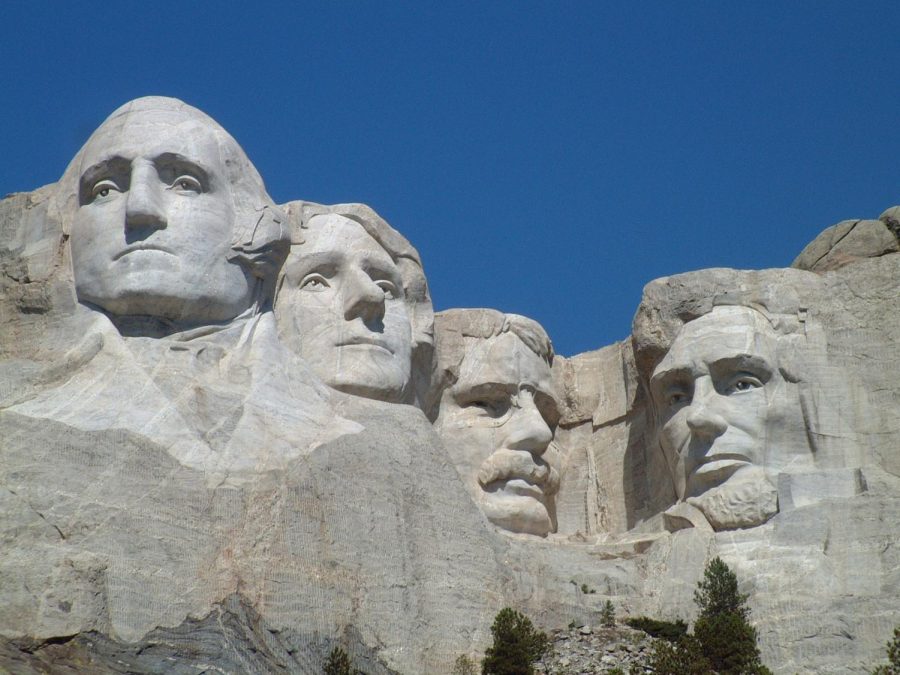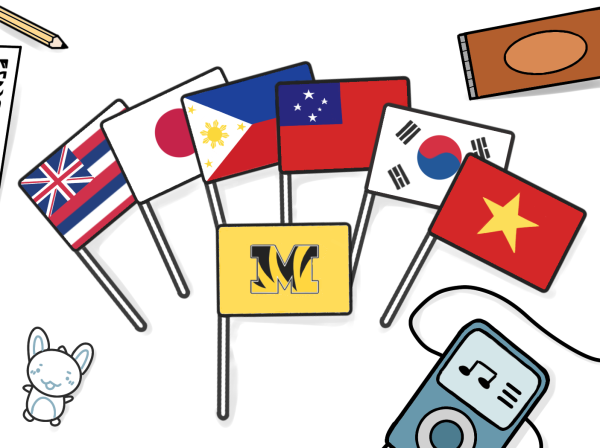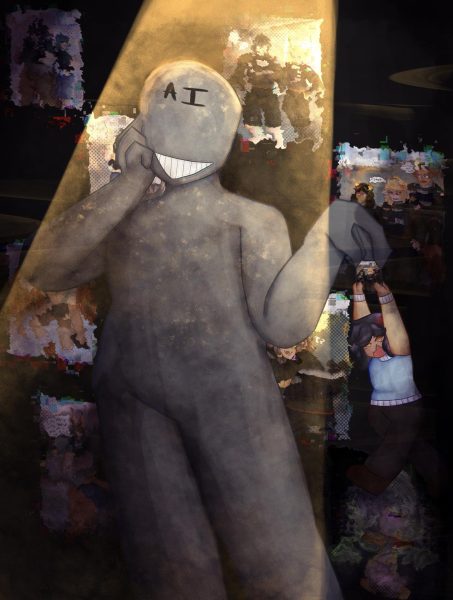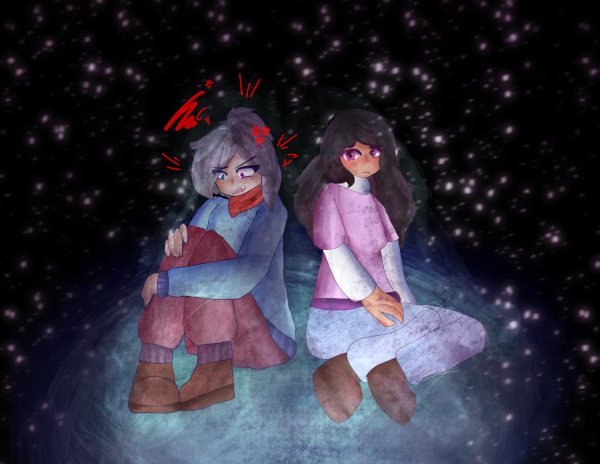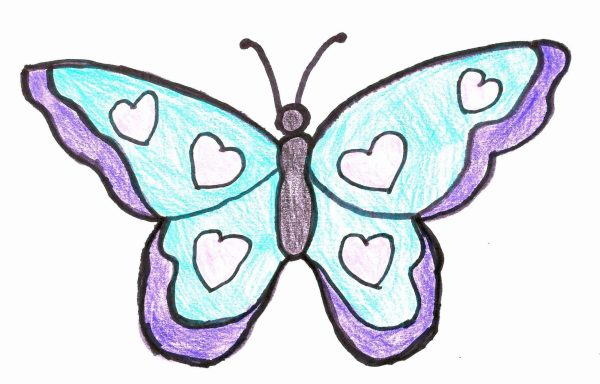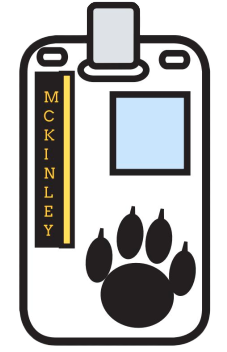Stop creating monuments
By Jim Bowen from Hope Mills NC, US, CC BY 2.0
For the Sioux, Mount Rushmore is a grand yet painful reminder of the desecration of their people and their culture.
May 19, 2022
Monuments are seen as a great way to remind people of their nation’s history. Although there are many moments of triumph, history has had enough of its fair share of tragedy, grief, and wrongdoings that have led to calls for the removal of monuments. Going forward, monuments simply should not be created because of the potential to allow people to celebrate people or events that were hurtful to indigenous communities.
There are many celebrated monuments today that have ties to dark pasts, especially those relating to indigenous peoples. One famous example would be Mount Rushmore, located in the Black Hills of South Dakota. While many may see the sculptures as a symbol to “communicate the founding, expansion, preservation, and unification of the United States” according to the National Park Service, the Sioux, a tribe of Indigenous Americans, saw the Black Hills as sacred ground and were driven away from it by white settlers. Lawrence Downes, in a New York Times article, writes “It was bad enough that white men drove the Sioux from the hills they hold sacred; did they have to carve faces all over them too?” For the Sioux, Mount Rushmore is a grand yet painful reminder of the desecration of their people and their culture. Unfortunately, the marks of colonization do not end there. Across the world, many despise statues of Christopher Columbus, an Italian explorer. In an article titled ” The Complicated History of the Christopher Columbus statue” published in WNYC News, Jennifer Vanasco states “…his actions led to the genocide of an indigenous people.” It is evident that many people have suffered due to the actions of these men. It would not be right to remind them of the suffering they had to endure and the after-effects they continue to live.
The Sioux are not the only indigenous community to have suffered here in the US. In Hawai’i, the President McKinley statue that resides on the campus of President William McKinley High School brings discomfort to a great number of people. For many residents of the islands, President McKinley is associated with the annexation of Hawai’i. Take, for example, Laverne Moore, a teacher at McKinley and a Native Hawaiian. She states “I only learned to be proud of my Native Hawaiian identity as an adult…I will always struggle with the name McKinley because President McKinley represents the illegal takeover of our Hawaiian government and our freedom as Native Hawaiians” in her testimony supporting the removal of the statue from the school campus as well as a name change. For Moore and her community of Native Hawaiians, the statue serves as a reminder of a language lost, and the marginalization of their culture and of themselves. On the other hand, many would argue that monuments serve to remind us of past events and people, good or bad, so we may learn from them. In his testimony against the removal of the McKinley statue, principal Ron Okamura writes “Students need to see the whole picture of our past to learn from them…” While it is true that the past should be documented, the fallible nature of humanity means that monuments that are created run the risk of allowing harmful figures to be celebrated. Denouncing the creation of monuments moving forward eliminates this risk as we learn more and more about history.
However, it is noted that humans will always want to celebrate the people and events most meaningful to them. If people abstain from creating monuments, how else can they teach the lessons of the past and celebrate the people and events important to them, without hurting others? Perhaps we can begin with fairs or holidays, during which we can begin educating people about the current statues and memorials, what their purpose was and what they stood for, as well as about any other figures or events we may want to celebrate. Some may be skeptical about this idea because past holidays honoring people sometimes celebrated hurtful figures of our past. The most notable example is Columbus day. However, just like Columbus Day was transformed into Indigenous Peoples Day, we can find new ways to celebrate communities around us, as well as acknowledge the wrongdoings of people of our past.



